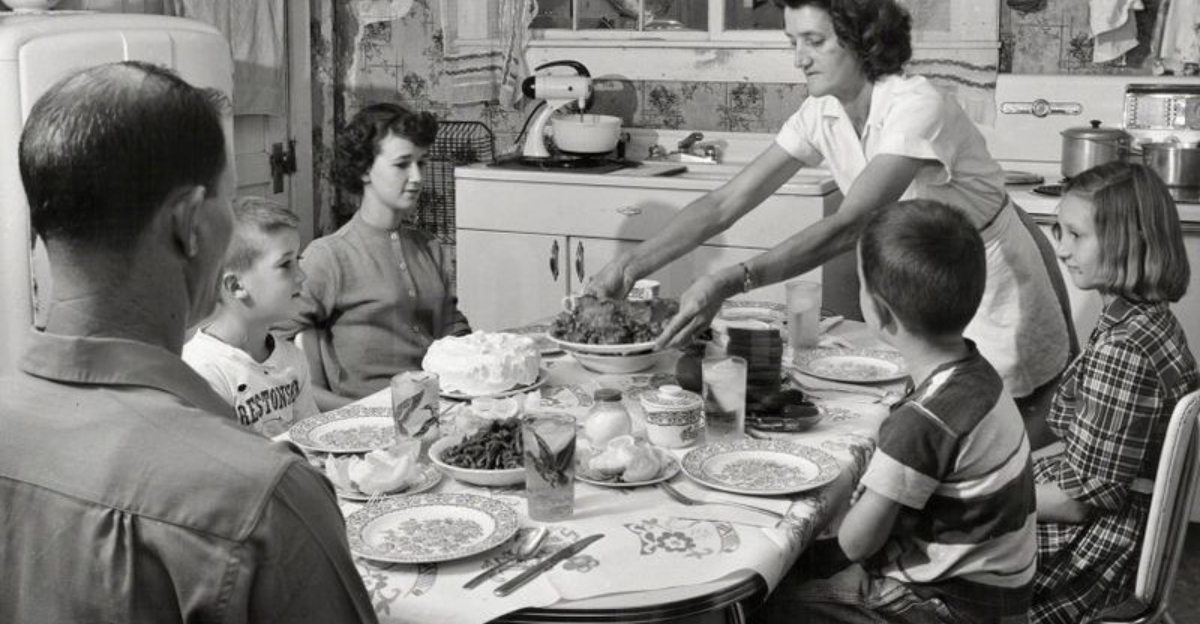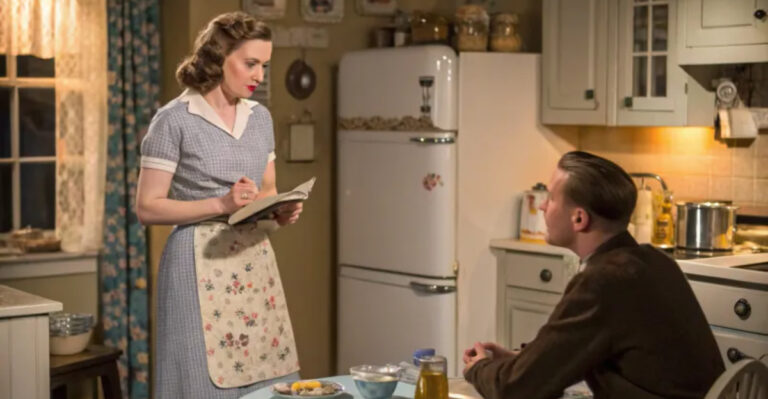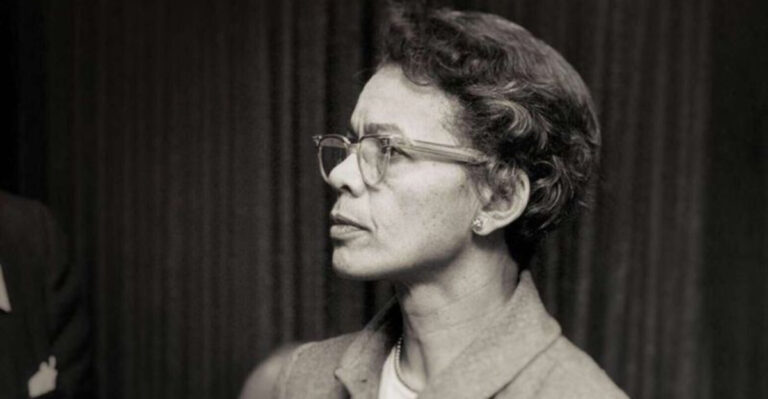15 Reasons Why Family Life Felt Simpler In The ’50s
The 1950s are often remembered as a time when family life seemed more straightforward. With a slower pace, structured household roles, and a strong sense of community, families found comfort in routines that were predictable and shared.
This era, free from the digital distractions of today, allowed families to connect in ways that now feel nostalgic and cherished. Here are 15 reasons why family life felt simpler in the ’50s.
Each item explores a unique aspect of life during this time, from the joy of shared meals to the sense of security that a close-knit neighborhood provided.
1. Daily routines were predictable and shared
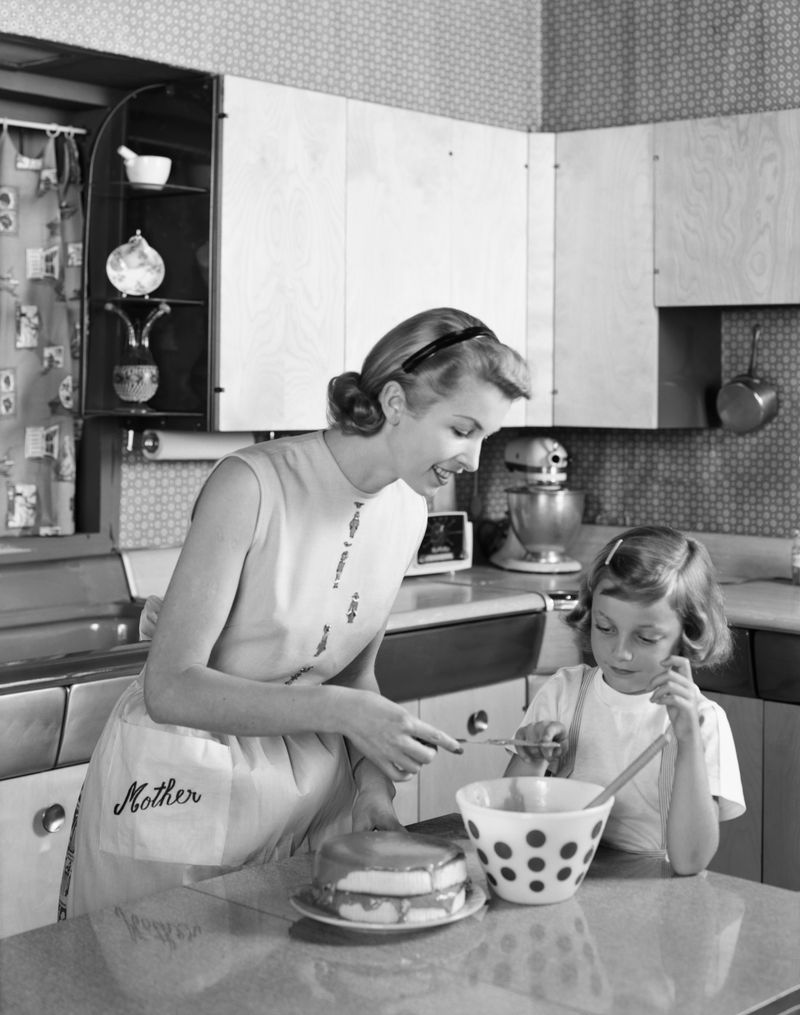
In the ’50s, family life was anchored by daily routines that everyone participated in. Breakfast was a family affair, with everyone gathering around the table to start the day. This shared time fostered a sense of unity and predictability. Evenings were spent together, often with set activities like reading or listening to the radio.
These routines provided a comforting rhythm to life, reducing stress and creating a strong family bond. Without the constant pull of electronic devices, families were more present with each other, enjoying the simplicity of being together. This predictability was not just a mere habit but a cherished tradition that families looked forward to each day.
2. Kids played outside from sunup to sundown

The outdoors was a child’s playground in the 1950s. From dawn until dusk, kids would play outside, exploring their neighborhoods and engaging in imaginative games. Without the distraction of screens, children were free to roam and create their own adventures. This freedom fostered independence and creativity, allowing kids to learn and grow through play.
Parents felt a sense of safety in their communities, knowing their children were looked after by neighbors. The lack of structured playdates and organized activities meant that children learned to entertain themselves, building friendships and memories that lasted a lifetime. Playing outside wasn’t just an activity; it was an essential part of childhood.
3. Meals were eaten together without distractions
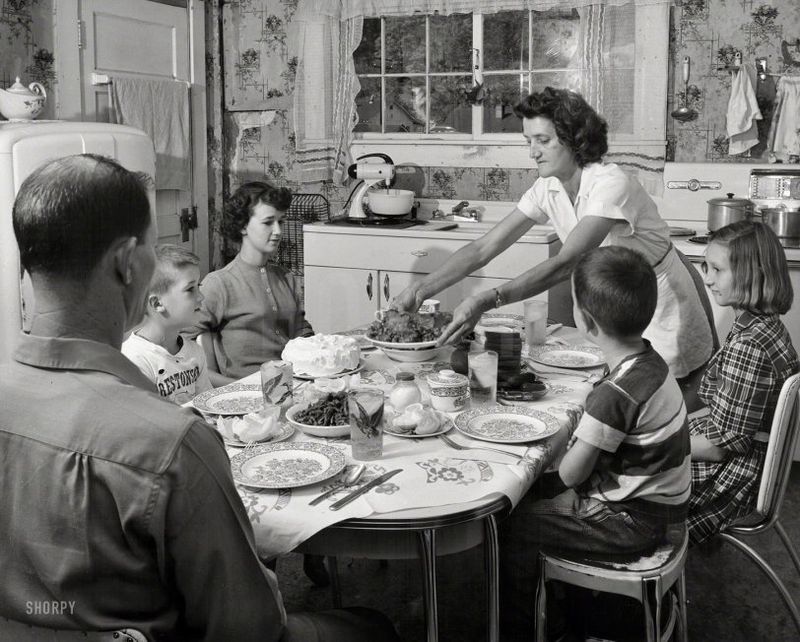
In the 1950s, mealtime was a sacred time for families. Gathering around the dinner table without the distractions of television or phones, families engaged in meaningful conversations. This time was an opportunity to connect, share stories, and reinforce family bonds. Parents passed down values and traditions during these shared meals, creating a sense of belonging and continuity.
The focus was on enjoying the company and the food, without the rush that often accompanies modern dining. Mealtime was more than just eating; it was a ritual that strengthened relationships and provided stability and comfort in daily life.
4. Extended family was always nearby—or involved
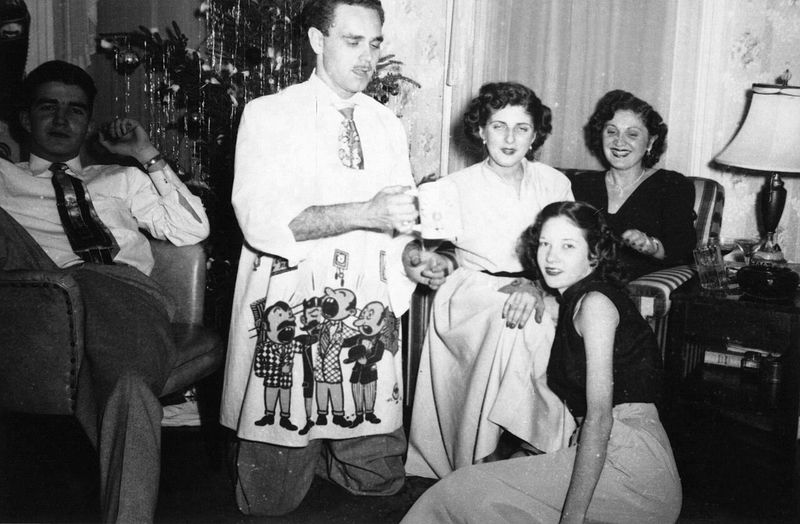
Extended families played a central role in the 1950s. With grandparents often living nearby or even in the same household, families could rely on each other for support and guidance. This proximity allowed for rich intergenerational relationships, with grandparents sharing wisdom and stories from the past. Family gatherings were frequent, fostering a sense of belonging and community.
The presence of extended family provided an additional layer of security and love, helping families navigate life’s challenges together. In an era without constant digital communication, these close-knit connections were vital, offering comfort and stability to young and old alike.
5. Parenting wasn’t ruled by internet advice
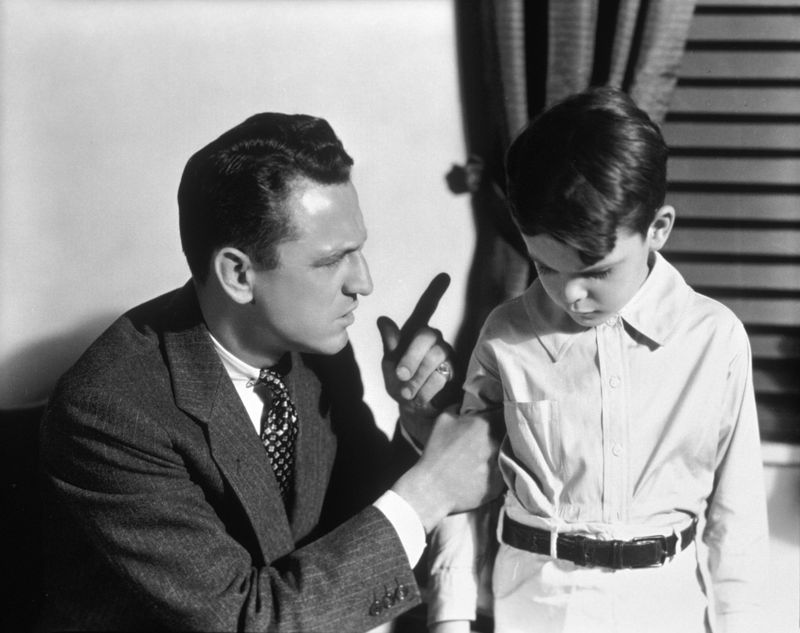
In the 1950s, parenting was guided by intuition and passed-down wisdom rather than internet forums and expert articles. Mothers and fathers relied on their own experiences and the advice of family and friends to navigate the challenges of raising children. This approach fostered confidence and individuality in parenting styles, allowing parents to focus on what worked best for their family.
Without the constant barrage of online advice, parents felt less pressured to meet unrealistic standards. This freedom from external judgment allowed families to develop their own traditions and values, creating a unique environment in which children could thrive.
6. Screen time didn’t exist (and no one missed it)
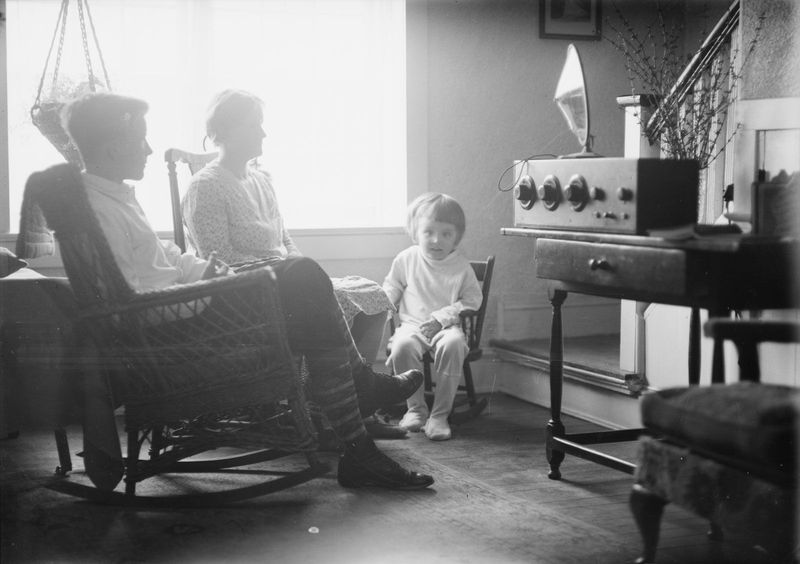
In the 1950s, the concept of screen time was nonexistent. Instead of being glued to televisions, tablets, or phones, families spent time together in more interactive ways. Radio shows and board games were popular forms of entertainment, encouraging communication and engagement. The absence of screens meant that families were more connected with each other and their communities.
Evenings were spent sharing stories or enjoying simple pleasures like stargazing. This lack of digital distractions allowed families to be fully present, nurturing deeper connections and creating memories without the interference of modern technology. Life felt simpler without the constant buzz of screens.
7. Neighborhoods actually felt like communities
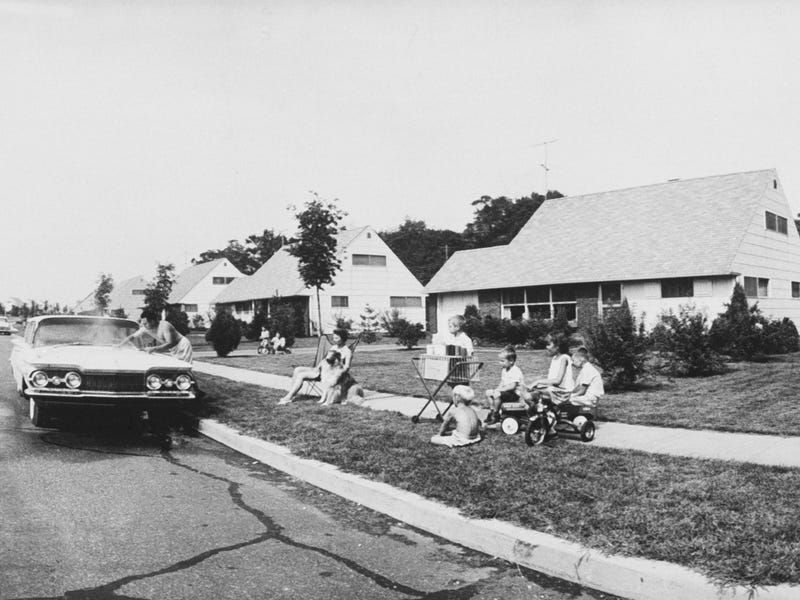
In the 1950s, neighborhoods were close-knit communities where everyone knew each other. Neighbors looked out for one another, sharing joys and burdens alike. Children played freely between homes, and adults often gathered for block parties or casual conversations over fences. This strong sense of community provided a support network that extended beyond individual homes.
People felt connected and cared for, knowing help was always nearby. The bonds formed in these neighborhoods were genuine and lasting, creating a feeling of safety and belonging. The sense of community in the ’50s was not just about proximity but about shared lives and mutual support.
8. There were fewer choices—and less overwhelm
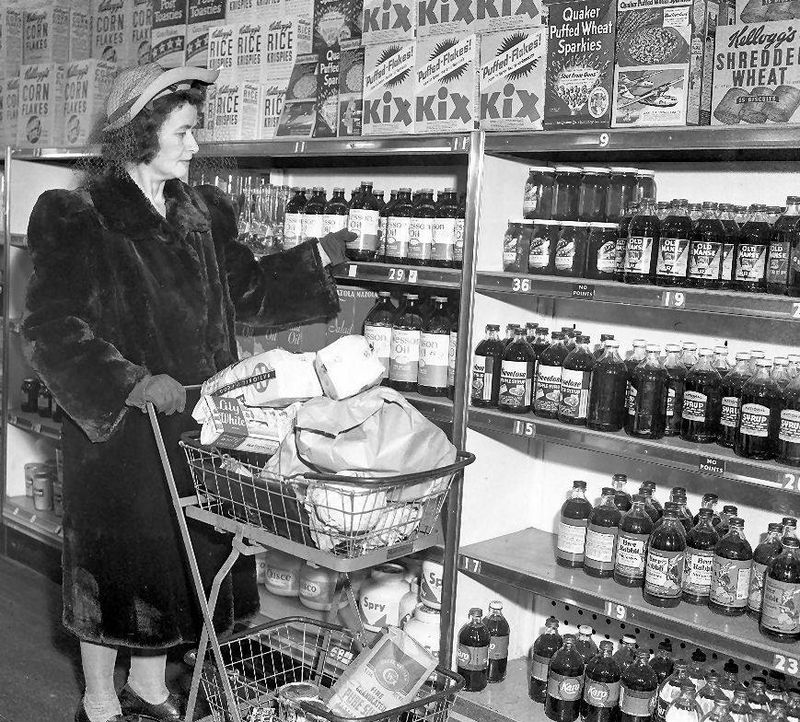
The 1950s offered a world with fewer choices, leading to less overwhelm and decision fatigue. Shopping was simpler, with fewer products lining the shelves, allowing people to make quicker, more confident decisions. This simplicity extended to entertainment, fashion, and lifestyle, where trends moved at a slower pace.
Families found comfort in routine and tradition, without the pressure to constantly keep up with new trends. This environment fostered contentment and focus, enabling families to prioritize what truly mattered. The lack of endless options simplified life, providing a stable and predictable framework that many found reassuring and calming.
9. Kids didn’t need a packed schedule to feel happy
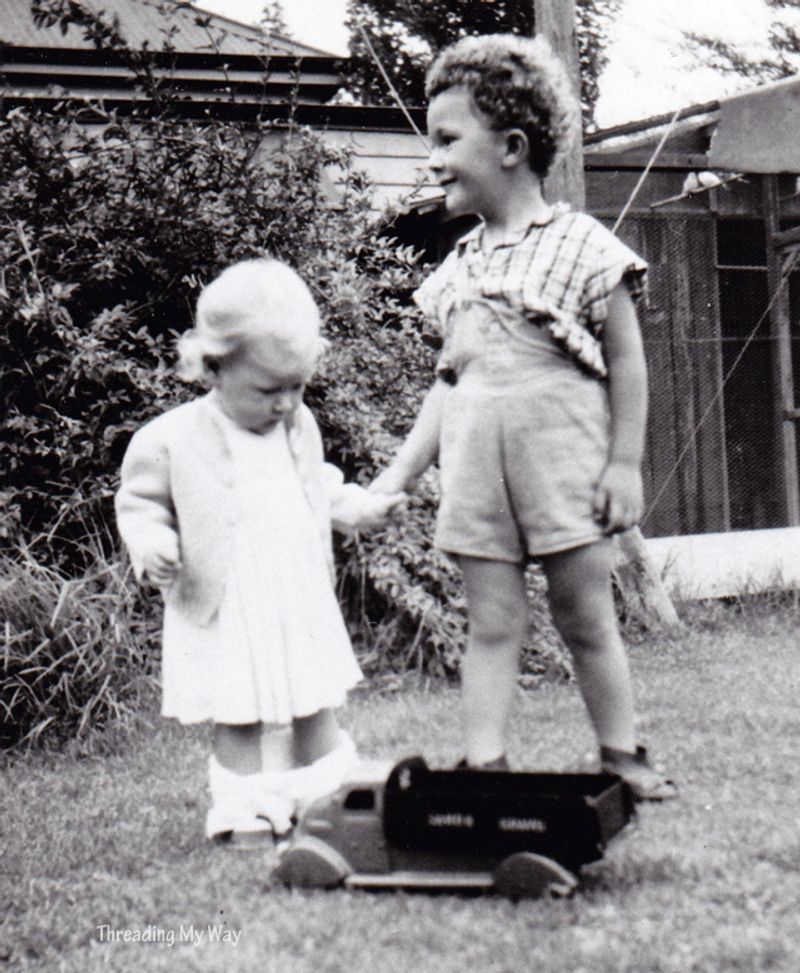
Childhood in the 1950s was blissfully unburdened by packed schedules and constant activities. Kids found happiness in simple pleasures, like playing in the backyard or having a picnic in the park. Without the pressure of extracurriculars, children were free to explore their interests at their own pace. This freedom allowed them to develop creativity and resilience, finding joy in the little things.
Families encouraged unstructured play, believing in the value of imagination and spontaneity. The absence of a rigid schedule meant less stress for both children and parents, fostering an environment where happiness and contentment naturally flourished.
10. School and home life didn’t blur together
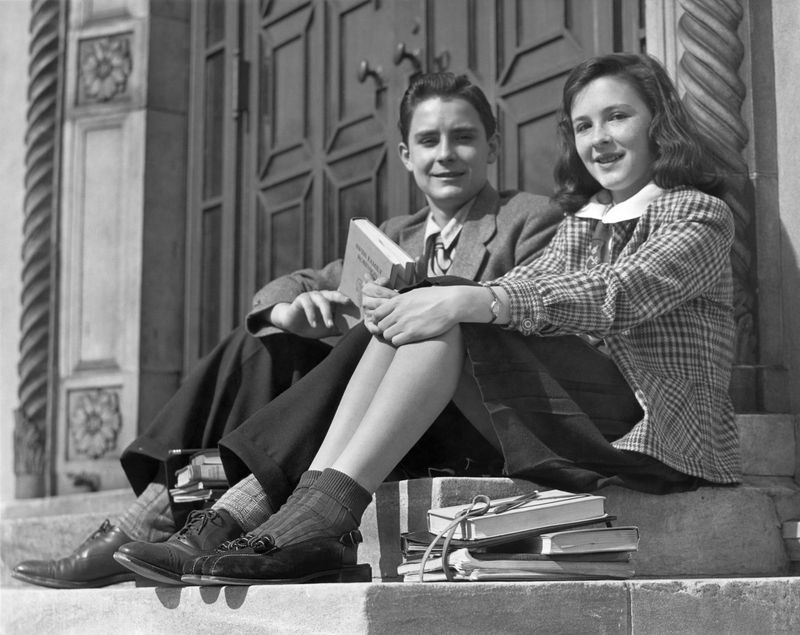
In the 1950s, school and home life were distinct entities. Children attended school to learn and returned home to relax and play. This separation allowed kids to focus on their educational responsibilities during school hours and unwind at home without academic pressures. Parents supported this balance, reinforcing the importance of education while encouraging downtime.
The clear boundaries between school and home fostered a healthier, more balanced lifestyle. Families prioritized after-school activities that promoted relaxation and enjoyment, ensuring children had time to be kids. This separation created a harmonious environment where both learning and leisure were valued equally.
11. Traditions held more weight than trends
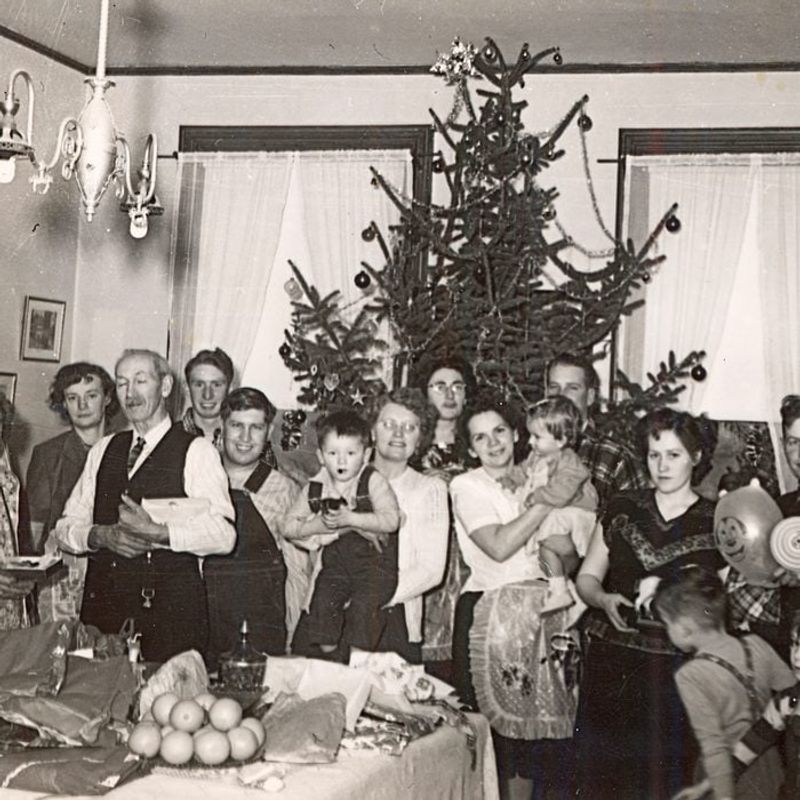
In the ’50s, traditions were the cornerstone of family life, holding more significance than fleeting trends. Families celebrated holidays and special occasions with rituals passed down through generations, creating a sense of continuity and belonging. These traditions were cherished, providing a connection to the past and a framework for the future.
Families prioritized these moments, often planning gatherings and celebrations that reinforced their values and heritage. The emphasis on tradition over trendiness fostered a deeper appreciation for family and cultural identity, allowing individuals to feel rooted and secure in their place within the family and community.
12. Parents weren’t expected to be entertainers

In the 1950s, parents weren’t burdened with the expectation to constantly entertain their children. Kids were encouraged to find their own amusement, fostering independence and creativity. Parents provided guidance and support but didn’t feel the need to fill every moment with structured activities. This approach allowed children to develop problem-solving skills and learn the value of self-directed play.
Families enjoyed simple pleasures together, like reading or playing board games, without the pressure to constantly engage in elaborate outings or activities. The freedom to explore and create independently was an essential part of childhood, leading to well-rounded and resourceful individuals.
13. Birthdays were special—even when simple
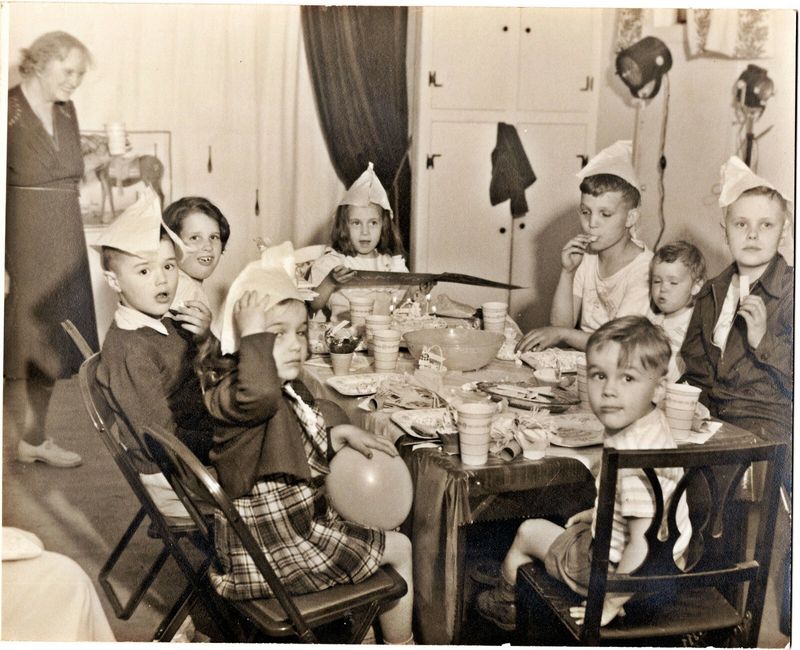
Birthdays in the 1950s were special occasions, celebrated with simplicity and heartfelt gestures. Parties were often intimate gatherings with homemade cakes, modest decorations, and games played in the living room or backyard. The focus was on creating joyful memories rather than extravagant displays. Parents and children cherished these celebrations, appreciating the thought and effort behind each detail.
Gifts, often handmade or thoughtfully chosen, held special meaning. This approach to birthdays emphasized the importance of love and connection over material possessions. The simplicity of these celebrations made them memorable, highlighting the true essence of joy and togetherness.
14. Sunday was truly a day of rest
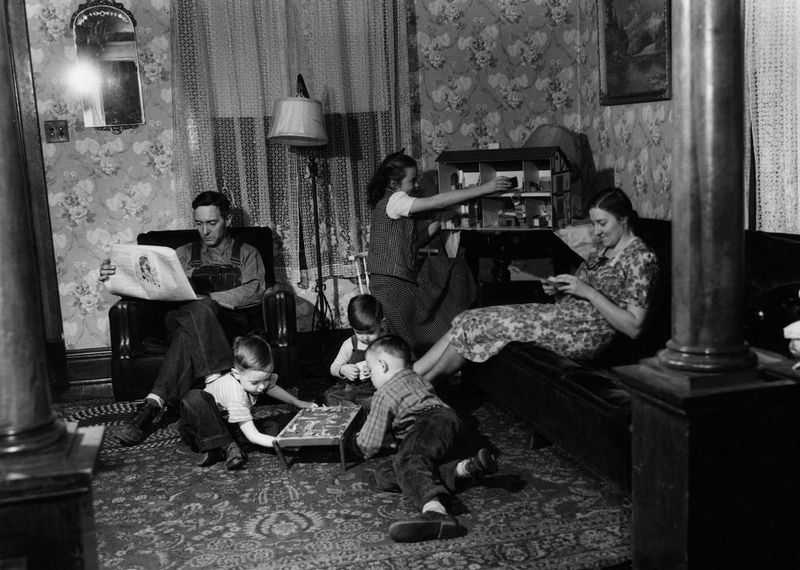
Sundays in the 1950s were dedicated to relaxation and family time, a true day of rest. Families attended church in the morning, reinforcing community ties and spiritual values. The rest of the day was spent unwinding at home, often with leisurely activities like reading, napping, or enjoying a walk in the park.
This day provided a respite from the week’s demands, allowing families to rejuvenate and reconnect. The emphasis on rest and togetherness created a peaceful atmosphere, reinforcing the importance of balance and well-being. Sunday was a cherished tradition, offering a consistent break that strengthened family bonds.
15. People found contentment in what they had
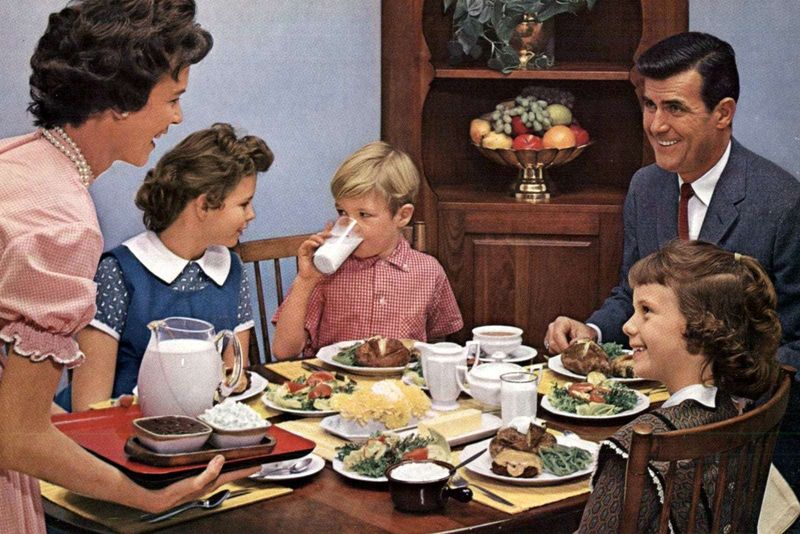
The 1950s was an era where people found genuine contentment in what they had. Material possessions were fewer, but families cherished their homes, relationships, and experiences. This appreciation for simplicity fostered a sense of gratitude and fulfillment. People valued quality over quantity, investing in items that lasted and held meaning.
The focus was on creating a warm and loving environment, rather than accumulating wealth or status. This mindset cultivated happiness and peace, allowing families to enjoy the present without constantly seeking more. Contentment in the ’50s was about embracing life’s simple pleasures and finding joy in everyday moments.

